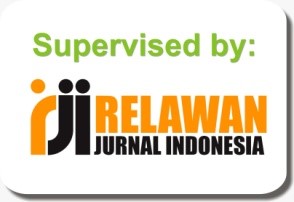The Effect of the Tax Cuts and Jobs Act on the Choice between Traditional and Roth IRAs
Abstract
This paper analyzes the impact of the tax cuts and jobs act on the income taxeffectiveness of the Roth IRA versus the traditional IRA for investors who maximizetheir contributions prior to retirement. Since the tax cuts and jobs act reduced marginalincome tax rates, the tax benefits gained from a traditional IRA decrease compared toa Roth IRA. Based on set investment parameters, an investor makes monthly paymentsto the IRAs for a specific period and the tax savings obtained from the traditional IRAare reinvested into a separate taxable account. The after-tax accumulation of wealth ineach account is calculated to determine which IRA produces the largest available aftertax withdrawals after retirement. A break-even analysis is also constructed to determinethe marginal income tax rate and investment return that makes an investor indifferentbetween the two IRAs. The results illustrate that the decision to invest in a traditionalIRA versus a Roth IRA depends on both the rates of return and whether the marginalincome tax rate is the same or different during the contribution and withdrawal periods.












